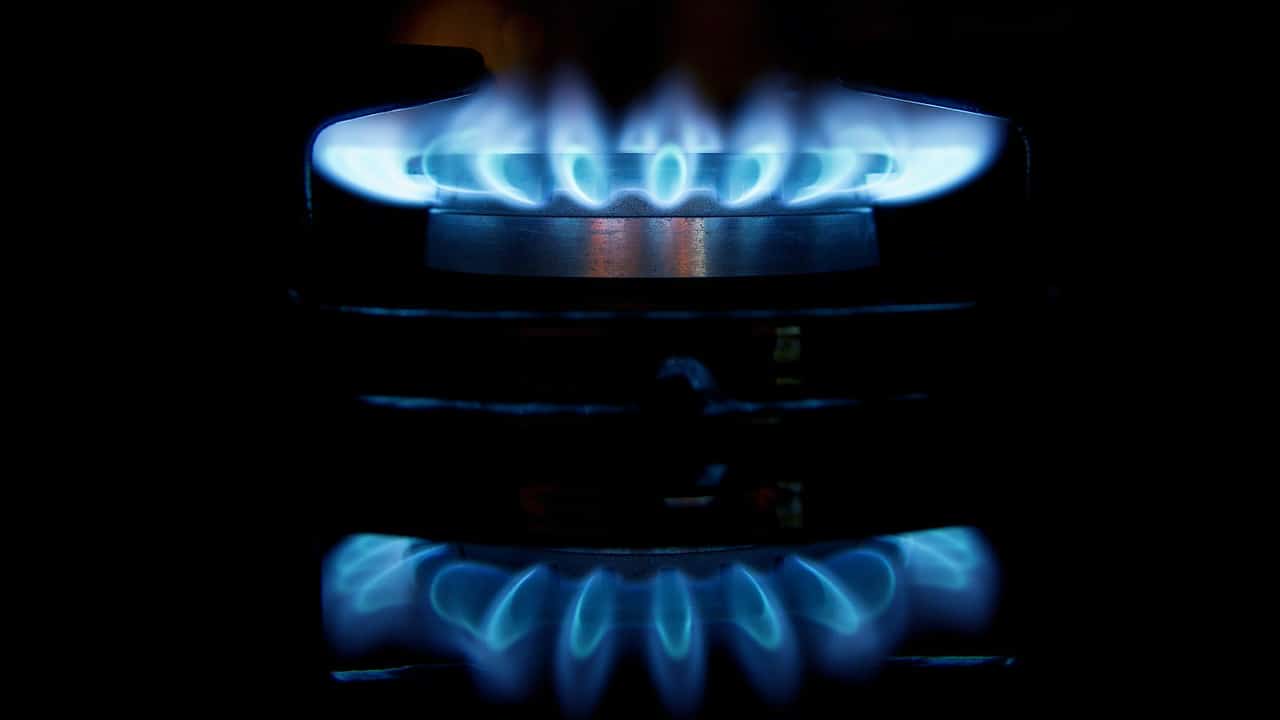Natural gas has been languishing in a long-term slump, which has sharply impacted the performance of natural gas producers. There are signs that the outlook for the fuel is becoming more optimistic, and there is one secular trend that will push consumption of natural gas higher for the foreseeable future. This will be a boon for beaten-down natural gas producers and, in particular, Peyto Exploration & Development Corp. (TSX:PEY), which has seen its value plummet by 30% for the year to date, creating an opportunity for investors.
Now what?
The secular trend to cleaner sources of energy coupled with the advent of the Paris Agreement on Climate Change, which seeks to limit global temperature rise this century below two degrees Celsius, above pre-industrial levels, has triggered a push to phase out the most polluting fossil fuels. The first to be targeted is thermal coal, which is widely viewed as the most polluting fossil fuel and is responsible for ~26% of the global energy mix, notably being a key fuel for electricity generation.
Coal is being replaced by natural gas, which is viewed as an ideal transitional fuel for power generation, because it emits up to 60% less carbon dioxide than coal-fired power plants. Gas-fired plants are also able to provide a source of stable baseload power, which many renewable sources of electricity are unable to do because of climatic fluctuations.
Even more compelling for the increasingly widespread adoption of gas-fired electricity generation is that costs have fallen to the point where they are competitive with coal and, in some cases, cheaper.
According to the U.S. Energy Information Administration (EIA), natural gas consumption will almost double by 2040, with growing gas-fired electricity generation being a key driver. The EIA estimates that natural gas consumption for the generation of electricity over that period will grow by 2.2% annually.
An important driver of the emerging natural gas boom will be a marked rise in demand from China. Beijing, in its battle against air pollution, has mandated that 10% of China’s power production come from natural gas, which is earmarked to eventually replace coal-fired power production. That — along with rising industrial demand and constricted domestic supplies — has triggered a sharp increase in the volume of natural gas imports. Global supply constraints have been a boon for the U.S., which, according to EIA data, saw 2017 natural gas exports rise by a remarkable 36% year over year.
There has also been a tremendous shift domestically to natural gas-fired power plants. Alberta plans to phase out coal pollution by 2030 by having 30% of the province’s electricity come from renewable sources and converting coal-fired plants to natural gas.
So what?
These trends bode well for Peyto, which is among Canada’s lowest-cost natural gas producers and is focused on Alberta’s Deep Basin. For 2017, the driller reported cash costs of $0.83 per thousand cubic feet (Mcfe) produced, and that rose marginally during the first quarter 2018 to $0.91 per Mcfe, allowing Peyto to report an impressive operating netback of $2.63 per Mcfe produced. This is compared to Painted Pony Energy Ltd. (TSX:PONY), which is focused on the Montney formation and reported cash costs of $1.23 and a netback of $2.19 per Mcfe produced.
Peyto has an enviable history of reducing cash and supply costs, which, by the end of 2017, had fallen by 23% and 33%, respectively, since 2014. That bodes well for improved profitability as natural gas appreciates.









